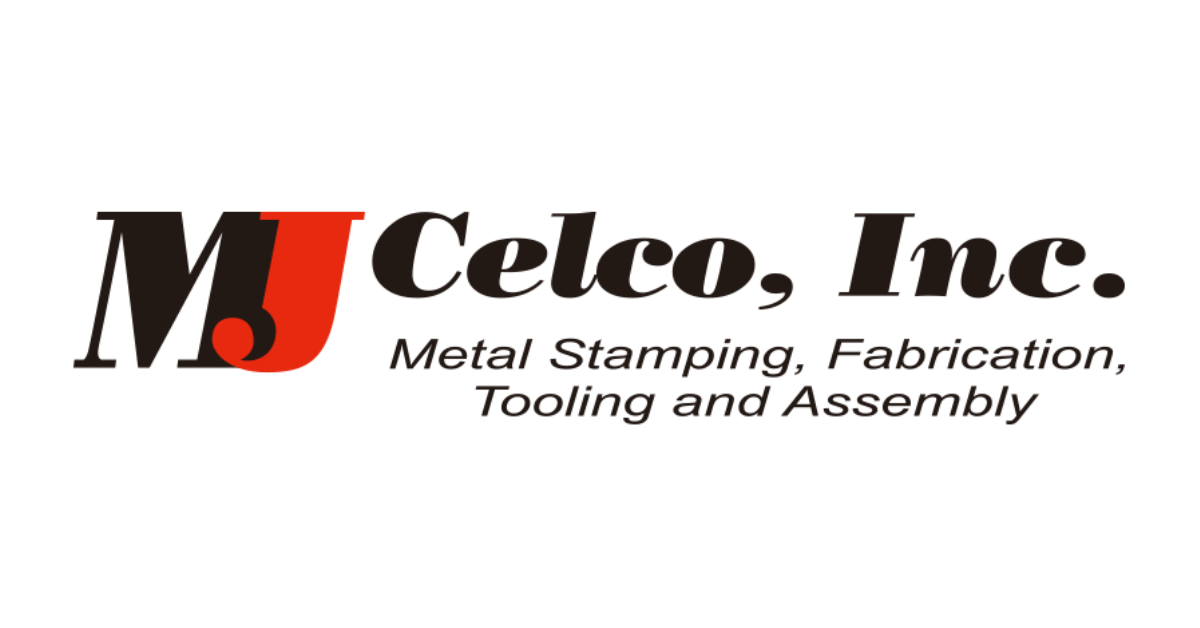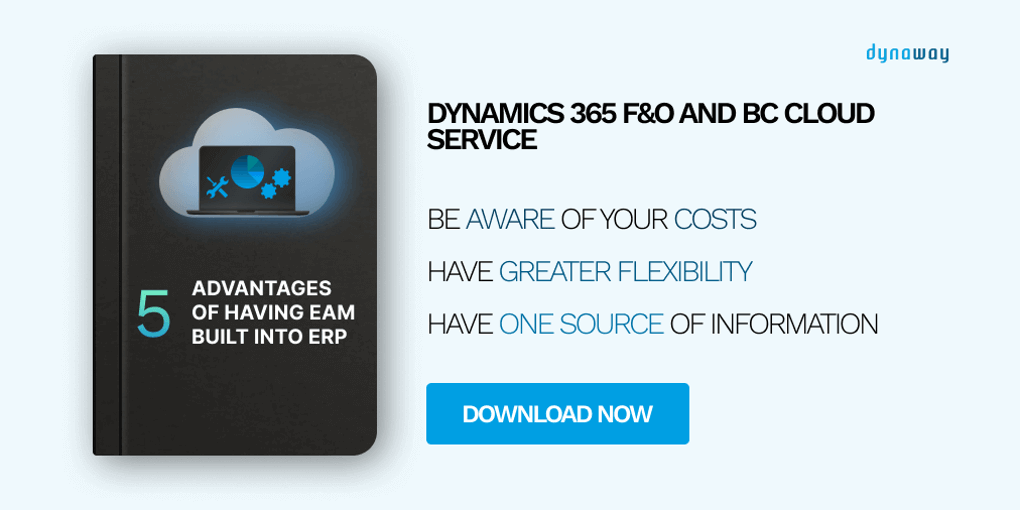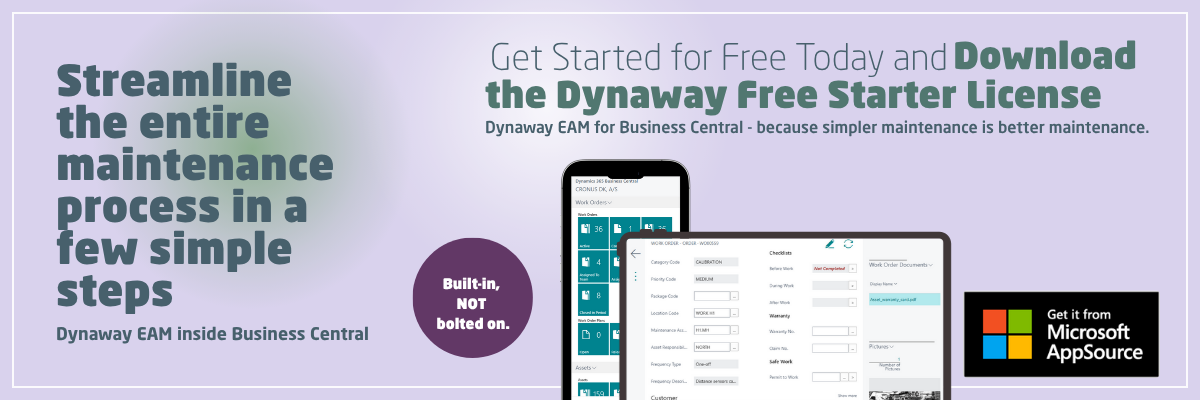MJ Celco is an international discrete manufacturing company working with metal stamping and sheet metal fabrication, providing custom solutions for a diverse clientele worldwide since 1965. For years, their maintenance operations relied on outdated, paper-based systems that made audits tedious, reporting inconsistent, and plant-wide visibility nearly impossible.
When Director of IT Scott Gebar took the lead on digital transformation, he applied a simple philosophy: start small, prioritize essential department needs, and put people first. This resulted in a successful rollout of Dynaway EAM for Microsoft Dynamics Business Central, empowering technicians, eliminating paper, and improving analytics across the plants.
In this customer story, Scott shares the behind-the-scenes of MJ Celco’s transformation, highlighting the practical steps, cultural change, and technology choices that helped the company modernize their processes.
This customer story is based on the Dynaway CONNECT 2025 session by Scott Gebar, the Director of Information Technology at MJ Celco.
About Scott Gebar: Scott has over 35 years of experience managing IT projects across military, healthcare, and manufacturing, and over 15 years of experience in executive technology leadership in global manufacturing, where he has developed and implemented strategic plans for business operations, IT infrastructure, software development, and support.

Scott Gebar at Dynaway CONNECT 2025
You can watch the interview with Scott here:
Or listen to it on our Spotify.
Introduction
“Keep it simple” - that is the methodology of MJ Celco – a family-owned international metal stamping & metal fabrication company.
However, in the discrete manufacturing industry, especially somewhere as precise and critical as metal stamping and fabrication, managing everything can get really complicated, really fast. Handling thousands of different parts, including vital safety components for cars like airbags and seatbelts, requires structured organizational processes and the right systems supporting them to be in place.
MJ Celco is a company that relied on paper-based manual systems for many years, but as their operations grew, these methods could no longer meet their demand. However, changing IT systems is never easy. As the saying goes, "old habits die hard", and making a successful change takes time, effort, and a people-centered strategy.
This article takes a closer look at how MJ Celco successfully managed this transition.
About MJ Celco
MJ Celco is an international metal stamping and metal fabrication company, mainly handling rolled steel or other kinds of stock, e.g., red metals. The majority of their operations involve cold-rolled steel. Their customers vary and are in different industries, such as automotive, consumer, electronics.
Founded by a Polish family with strong values, MJ Celco has grown into a multilingual, family-owned business with English, Spanish, and Polish-speaking employees. They have three plants in total – two in the US and one in Mexico.
Furthermore, MJ Celco is an ISO-certified organization. All their locations are ISO 9001 and IATF 16949 certified to ensure process and product consistency. These standards demand a high level of process control — meaning every operation at MJ Celco is expected to follow strict quality requirements.
Microsoft Dynamics Business Central ERP
To support those standards and improve internal processes, MJ Celco introduced Microsoft Dynamics Business Central as part of their digital transformation. However, the rollout was gradual. The company continued using its long-standing IBM mainframe system, which remained the core platform for Material Requirements Planning (MRP).
According to Scott, the Director of Information Technology at MJ Celco, the decision to adopt Microsoft Dynamics was largely driven by its low-cost and flexible implementation model:
“You buy the ERP system, and the expectation is you're going to implement at least a base set of modules day one. And it's very difficult to do that, which is why we were so drawn to Dynamics in the 1st place because we were able to start our implementation low cost and be able to evaluate our processes, replicate them in Dynamics and do any integration we needed to do at a very low cost.”
While the goal has been to fully replace the IBM system, that has proven difficult. The mainframe is still deeply embedded in many business processes. However, its limitations have become increasingly clear - it's slow to maintain, and even minor changes require significant development effort. By contrast, Dynamics offers a more modern, flexible environment where updates and integrations are easier to manage.
Currently, Microsoft Dynamics at MJ Celco is used primarily for quoting, estimating, and sales activities, including CRM. It works in parallel with the mainframe, forming a hybrid system that allows the organization to gradually modernize operations without disrupting critical manufacturing processes.
Asset Management Challenges Faced
While their ERP modernization efforts with Microsoft Dynamics Business Central were a step forward, MJ Celco’s maintenance operations still lagged behind.
Like many companies in the discrete manufacturing industry, MJ Celco faced growing pressure to improve visibility, standardize operations, and move away from outdated, manual processes. On top of that, they had to meet the requirements of ISO certifications and regular audits, so continuing with the old ways of doing things didn’t seem like an option anymore.
In particular, they encountered several operational challenges that impacted efficiency, visibility, and compliance across their plants. Here is a closer look:
Paper-based Processes
“Even though we had the mainframe, our quality department, for instance, in our maintenance, was doing everything on paper.”- shared Scott.
To illustrate, the maintenance manager would log into a standalone system installed only on their PC (not connected to a network). They would print out work orders for the day, distribute them to technicians, who filled them out by hand. The completed forms were then returned to the manager, who manually entered the data back into the system. Finally, the paper forms were physically handed over to an admin for filing.
There was no automation, no centralized system, and, certainly, no real-time reporting. The mindset on-site was often: “If it’s not Excel or paper, it’s not a system.”
Lack of Analytics
The older maintenance system used at one of MJ Celco’s stamping plants lacked adequate analytics. This made it difficult to gain insights from their maintenance data. Generating analytics and key performance indicators (KPIs) was a manual, time-consuming process. It required someone to export data from the CMMS (Computerized Maintenance Management System) to Excel, and then another person would copy and paste that data into their own Excel files to produce KPIs. This was not an automated process.
Lack of Visibility
MJ Celco needed a way to have a holistic view of maintenance operations across all their plants, which was impossible without a centralized system. Each site operated independently, making it hard to understand the overall performance.
Difficulty Dealing with Audits
All the above-mentioned issues contributed to creating one substantial challenge during the audits.
As an ISO 9001 and IATF certified company, MJ Celco needed to be able to quickly and accurately retrieve complete maintenance information for auditors on specific assets, such as machinery, quality gauges, tools, or dies. With their old processes, this often meant searching through file cabinets, which was difficult and time-consuming. This process made it hard to provide information that was quickly accessible, accurate, and complete.
Moreover, while conducting the audits to renew the ISO certifications, auditors would often request aggregate maintenance data. In response, someone responsible for presenting the data to the auditor would show Excel sheets compiled manually from different sources. Auditors frequently questioned the validity of the process: “This isn’t a system - it’s a spreadsheet”, they would say.
As this example demonstrated, the setup simply couldn’t provide the traceability and structure needed to support compliance.
A Turning Point
It was becoming more and more obvious that something had to change. Even basic requests for maintenance were inefficient, often requiring someone to physically track down maintenance staff or their supervisor.
That’s when Scott got involved.
He kept hearing the same thing from different departments: “We need better reporting. We need better tools.” etc. And so, those repeated concerns marked the beginning of MJ Celco’s journey toward a new maintenance solution.
Solution: Dynaway EAM for Microsoft Dynamics Business Central
When Scott began searching for a new system that would address their challenges and fit the organization’s discrete manufacturing needs, it was essential to find one that could integrate seamlessly with their existing Microsoft Dynamics Business Central setup.
He looked at pretty much every vendor in AppSource, and what made Dynaway stand out was the pre-integration with Business Central.
Besides the convenient pre-integration, MJ Celco wanted a system that was flexible enough to adapt to their specific processes, learning from past experiences where rigid systems didn't work well. They found Dynaway to be incredibly adaptable and responsive, even quickly adding new features they requested. This adaptability and willingness to exceed expectations felt like a good fit for MJ Celco's family-owned culture that values those long-term relationships.
“One of the reasons we chose Dynaway was their adaptability to our needs,”- says Scott. - “It’s a nice synergy between how we operate and how Dynaway is able to support us.”
Implementation Strategy and Leading the Change
Scott was assigned to lead the rollout of a new maintenance system. From the beginning, he followed four simple rules:
- KISS methodology (keep it simple, stupid)
- Prioritize essential departmental needs over “nice-to-haves"
- Solve real organizational problems
- Align the scope with current resource capabilities
He focused on the absolute essentials first – the “low-hanging fruit”. The goal was to get “the basics” right and tackle one layer at a time.
"What we do is, we look at things and try to simplify it as much as possible and we tackle one layer at a time" – explained Scott.
Still, not everyone was on board. One manager’s immediate response was: “I don’t want to do it.”, which makes the pushback very clear. The employees were used to the old processes, and they didn’t want to change.
To overcome this, Scott focused on the people and their workflows:
"The system's important, but we had to realize that a lot of these people are tradespeople. They're experts in what they do, and we are changing how they do it, and they've had a great degree of success at doing things the way they used to do it. So, we realized we needed to spend quite a bit of time doing chair-side process analysis and training. We had to work on defining those processes, measuring them, and proving them. And we really simplified it to be able to do that." – explained Scott.
The implementation started with small wins, like tracking how many work orders were completed on time. From there, they expanded beyond maintenance into other departments in their discrete manufacturing organization, which weren’t traditionally involved in maintenance workflows, such as quality.
Furthermore, clear and thoughtful communication also played a key role. Rather than framing it as a disruption, Scott positioned the new system as an upgrade to existing processes. That shift in language helped teams see the change as an improvement, not a threat, and made it easier for them to get on board.
Scott's Approach in a Nutshell: Hands-on and Iterative
Scott’s approach was hands-on and iterative - learn how things currently work (“where the rubber meets the road”), apply measurable metrics, upgrade workflows step by step, and invest in continuous training - train, retrain, and train again. Just as importantly, Scott listened closely to feedback and used it to adjust the process along the way.
When people saw the system working - and the benefits it brought - they got on board.
Data Migration
From the technical side, one of the main hurdles was consolidating data from old systems, especially importing thousands of historical work orders.
With support from Dynaway, Scott’s team developed a configuration workbook to structure and simplify the migration process. As a result, they successfully imported over 35,000 historical work orders dating back to 2012. Without this effort, that rich maintenance history might have remained locked away or lost. Now, it’s fully accessible for analysis, audits, and understanding long-term trends.
Impact on the Business
Dynaway EAM has made a true difference for MJ Celco: the new system significantly enhanced the user experience, which contributed to better productivity, leading to better business outcomes.
More specifically, the successful implementation and adoption of the new maintenance system resulted in:
100% Elimination of Paper Work Orders
MJ Celco eliminated paper work orders completely. The entire process of printing, handwriting, keying, and filing became obsolete and got replaced by a streamlined digital workflow, which reduced errors and eliminated the risk of lost information.
Enhanced Analytics and Reporting
KPIs and reporting are now automatically generated through Power BI. Managers can easily see reports, even without logging directly into the EAM system, and have a deep dive view into maintenance activities across all plants and departments, down to the individual technician. Data is readily available for audits, including metrics like total work orders and percentage completed on time.
Speech to Text
Another win was a speech-to-text app for tablets.
Since MJ Celco is a Polish family-owned company, a lot of employees there are Polish, and they don’t enjoy typing in English. The speech-to-text app enables the staff to use their voice instead of typing on the screen. As mentioned by Scott, a lot of workers, who initially were skeptical about the change, absolutely loved this improvement.
Automating the Calibration Process
At MJ Celco’s Chicago plant alone, over 4,000 gauges are used - each one previously tracked through handwritten stickers with initials and calibration dates. It was a familiar process in many discrete manufacturing environments, but far from efficient. If an auditor requested a calibration history, the team would have to manually search for physical records, which slowed everything down. Today, every gauge is tracked digitally in Dynaway EAM, complete with photos and full calibration histories. The system makes it easy to retrieve accurate, up-to-date records with just a few clicks.

Where MJ Celco is Heading
Looking ahead, the rollout of the maintenance request functionality is expected to have a big impact. Operators will soon be able to submit requests directly from their work centers using kiosk devices, instead of looking for the maintenance people, and the relevant staff will get immediate alerts. This will streamline the processes even more.
MJ Celco is continuing to build on their success, expanding the use of Dynaway EAM and planning for future steps like tracking resource and item consumption. They're even looking at linking assets to finished goods to easily provide customers with full maintenance histories on owned assets.

Conclusion
This story spans the physical world of machines and the digital world of data and systems, showing how change can happen in a discrete manufacturing industry.
By moving away from paper and focusing on small but meaningful changes, MJ Celco built a better way of working across their plants. Their success came from selecting a suitable maintenance system for their needs, combined with an implementation process led by an IT team that took the time to understand each department’s workflows, listen closely, and apply an iterative approach.
If your organization is still relying on spreadsheets, chances are they are slowing you down. As MJ Celco’s story shows, you don’t need a very extensive project to move forward - start with the real problems, solve them one step at a time, and build from there.
Dynaway EAM is your asset and maintenance management system, which provides a truly unified platform experience for simpler maintenance planning & execution, while improving your control of costs.
Watch our 6-minute demo to see Dynaway EAM in action:
Are you interested in learning more?
Contact our team to discuss how Dynaway can support your digital transformation journey.


